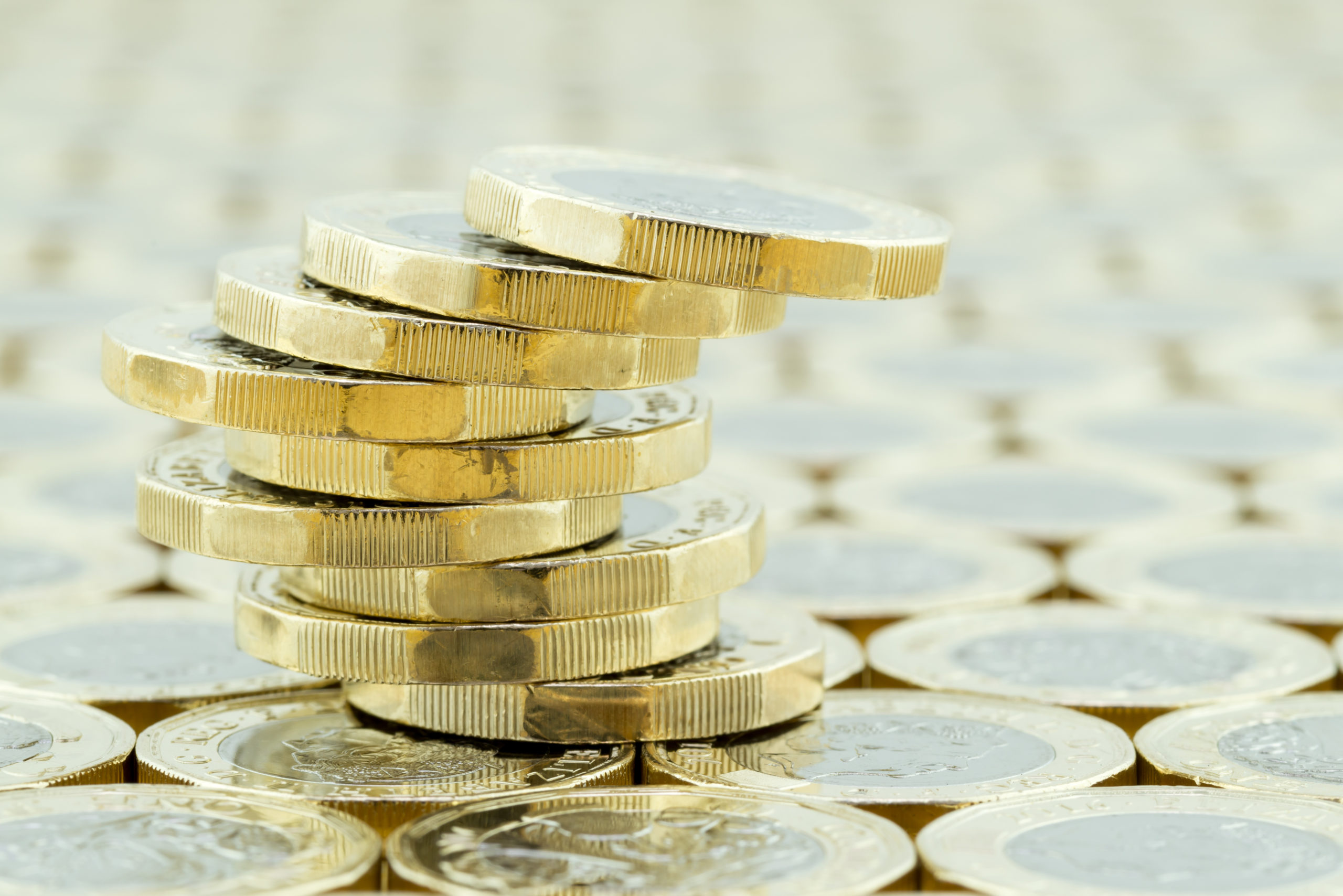Household Bills
Inflation widens the gap between rich and poor

Rampant inflation has affected poorer households more than those better off, according to the Office for National Statistics (ONS).
Estimates from the ONS Household Finances Survey revealed that median household disposable income in the UK was £32,300 in the financial year ending in 2022, a decrease of 0.6% from the previous financial year.
Meanwhile, the median disposable income for the poorest fifth of the population decreased by 3.8% to £14,500 in FYE 2022. The ONS highlighted that reductions were also made in the mean original income as well as cash benefits.
But the median disposable income increased by 1.6% to £66,000 for the richest fifth of people.
What is disposable income?
The ONS classes disposable income as the amount of money households have available for spending and saving after direct taxes have been accounted for. It includes earnings from employment, private pensions and investments as well as cash benefits provided by the state.
Median household income shows what the middle person would earn if all individuals in the UK were sorted from poorest to richest. It provides a good indication of the standard of living of the “typical” individual in terms of income. Using a mean average would mean the statistics could be distorted by a few high earning individuals.
The pandemic and inflation
Myron Jobson, senior personal finance analyst at Interactive Investor, said: “The pandemic and rampant inflation robbed Britons of purchasing power, with disposable income falling the most (almost 4%) among the poorest fifth of the population in the 2021/2022 financial year, compared to a decrease of 0.6% on average.
“The figures are greatly influenced by the pandemic. The nation was under lockdown for the third time at the start of 2021 before the slow return to normality – or thereabouts. The dramatic fall in income during the pandemic due to job loss or reduction in work hours has had a devastating effect on many. The poorest households were also hit by the removal of the Covid uplift to Universal Credit recipients.
“Meanwhile disposable income increased by 1.6% to £66,000 for the richest fifth of people (without factoring increases to direct taxation), meaning that the gulf between the rich and poor has widened.”
Sarah Coles, senior personal finance analyst at Hargreaves Lansdown, said that Covid took its toll on lower earners: “The tax year in 2021 started as the third national lockdown came to an end, and we gradually returned to life as normal. Some restrictions remained and furlough was in place until September, which will have depressed average incomes. It affected those on lower incomes most, including an awful lot of people working in hospitality.
“The poorest fifth were also hit by the removal of the Covid boost to Universal Credit, and by the fact that an average increase in benefits of £80 was effectively a fall once inflation was taken into account.
“Meanwhile, higher earners were actually better off. Wages and salaries were up 3.2% on average – but they were up 7.8% among the richest fifth and down 7.5% for the poorest fifth, and while higher taxes unwound some of this, they still fared far better. It meant the gulf between the disposable incomes of rich and poor widened from 34.4% to 35.7%.”